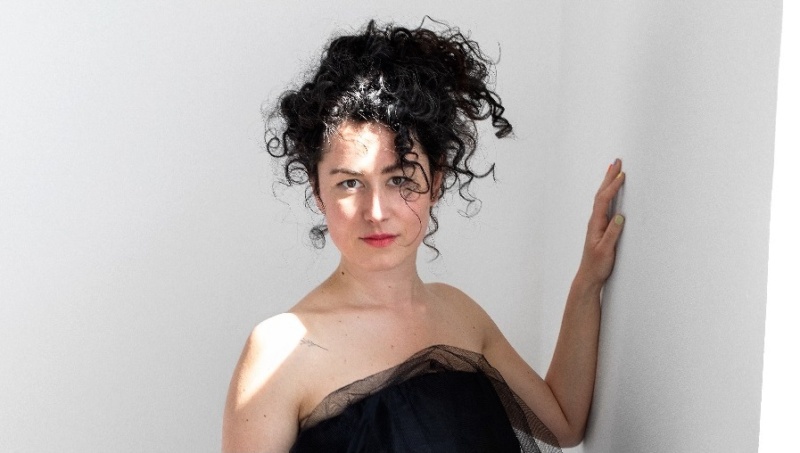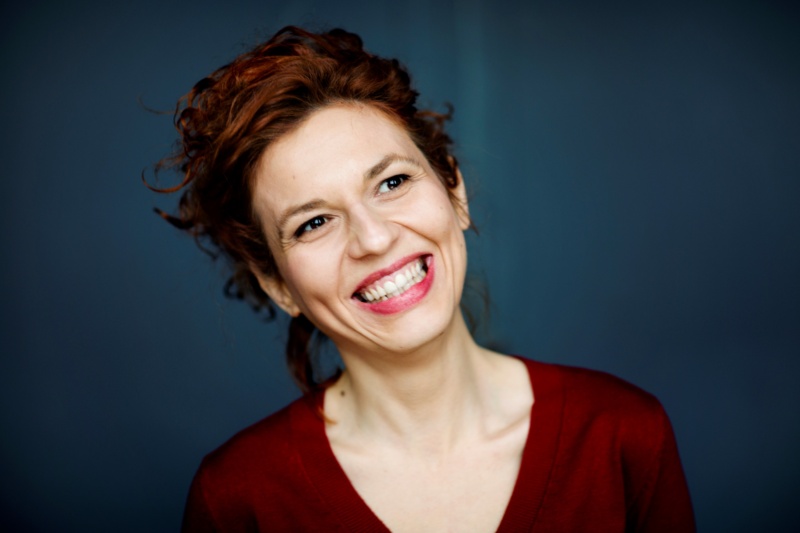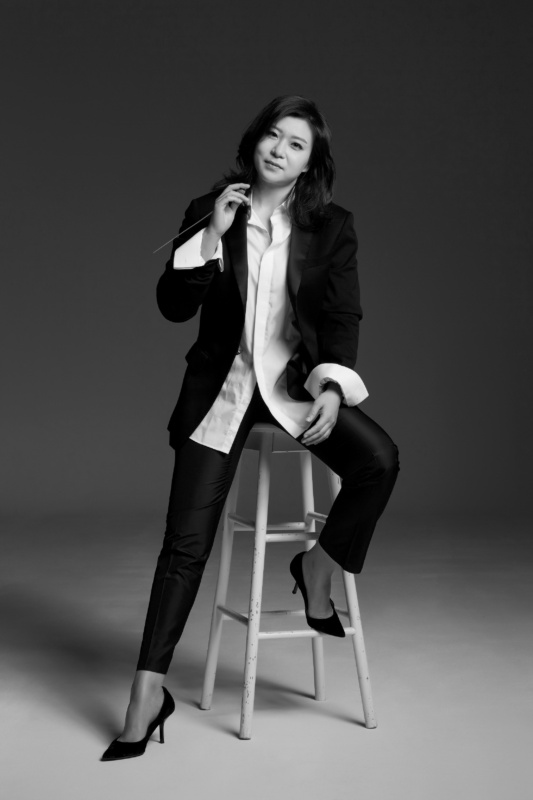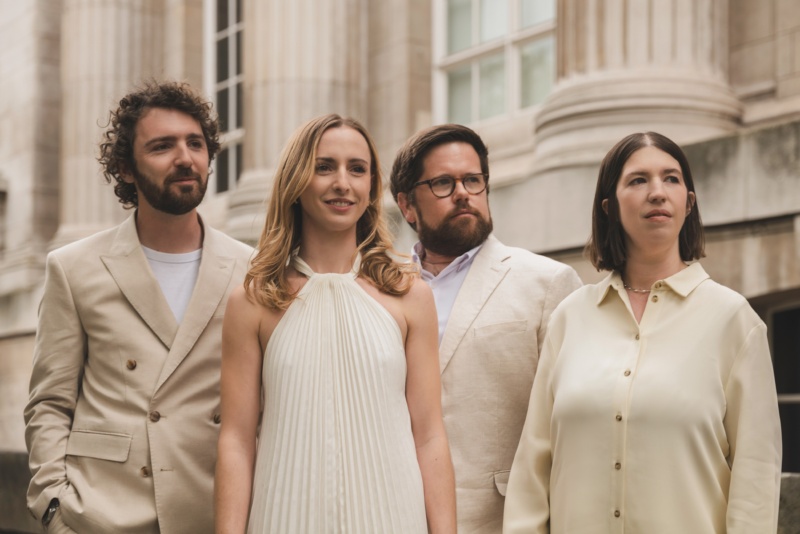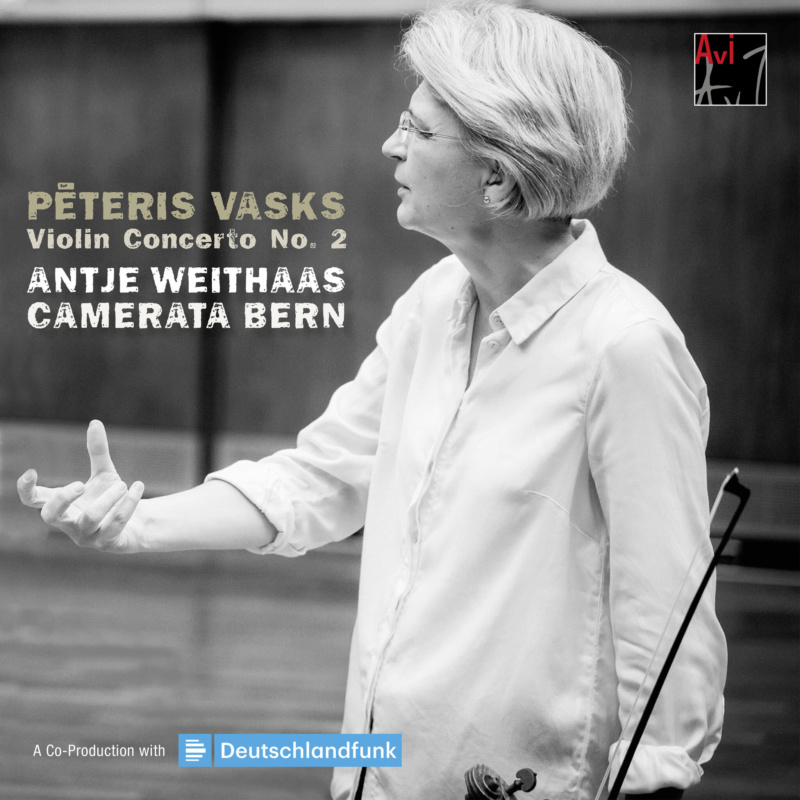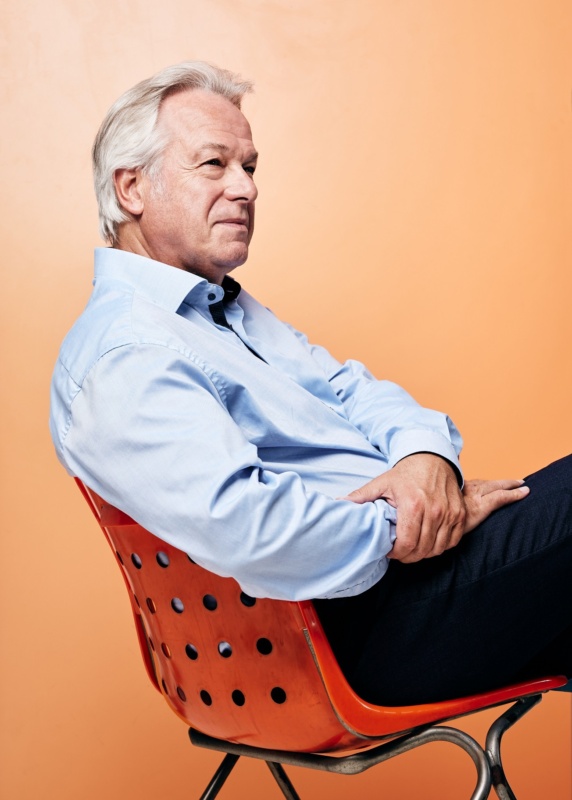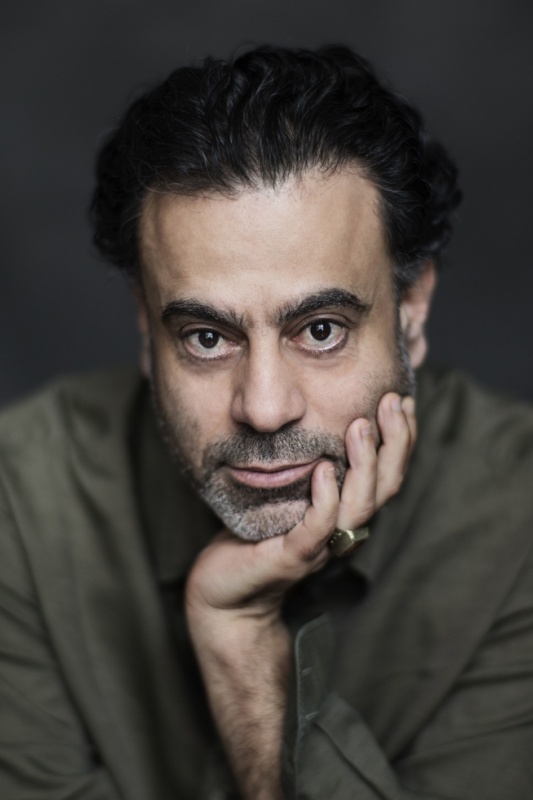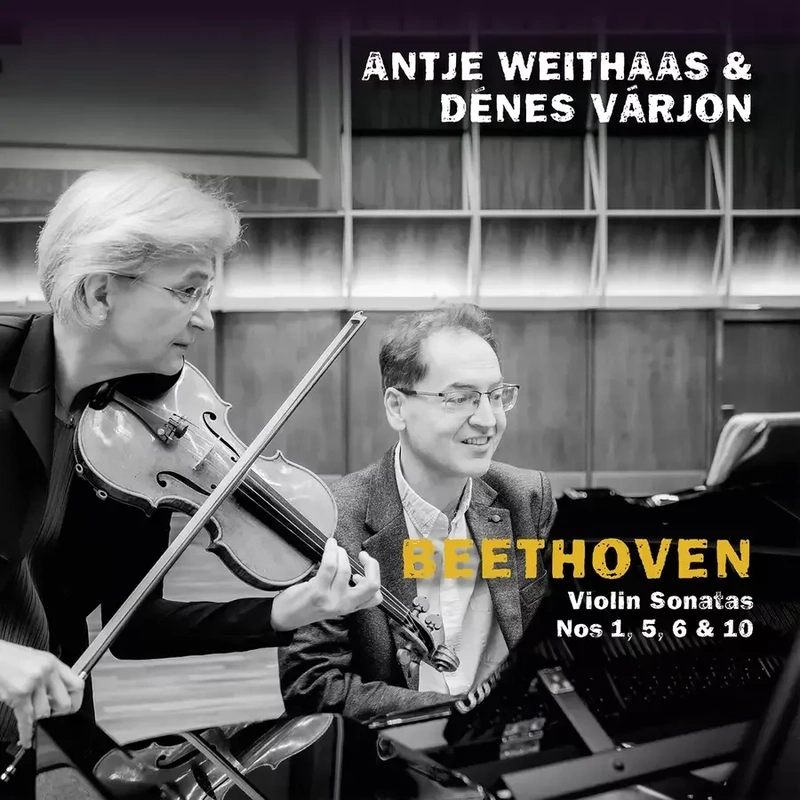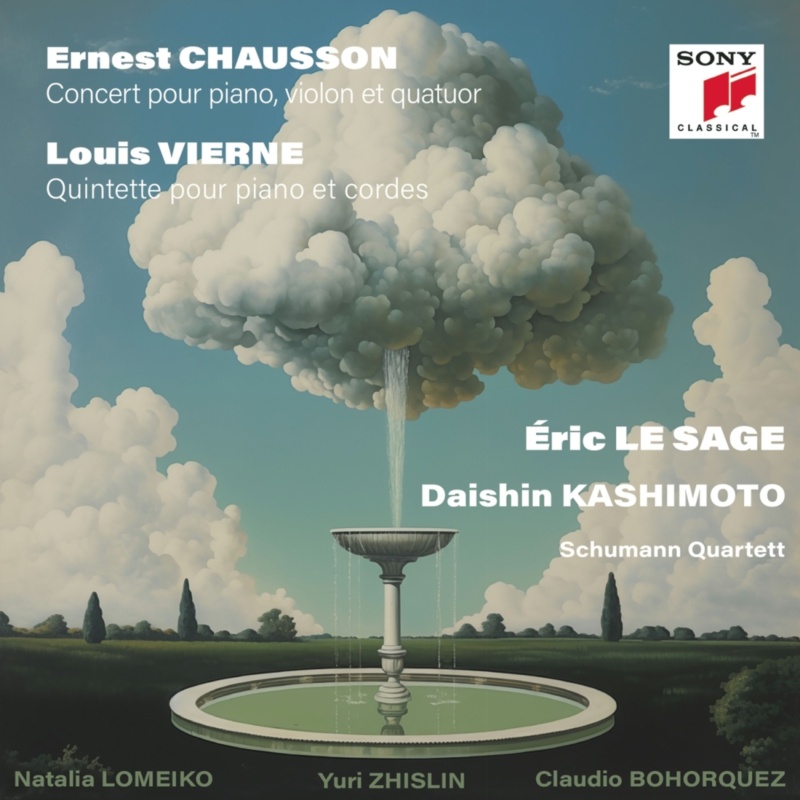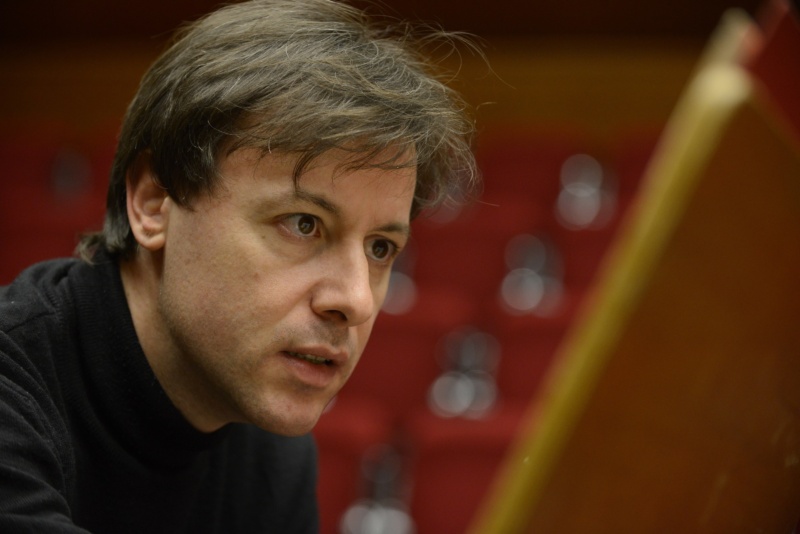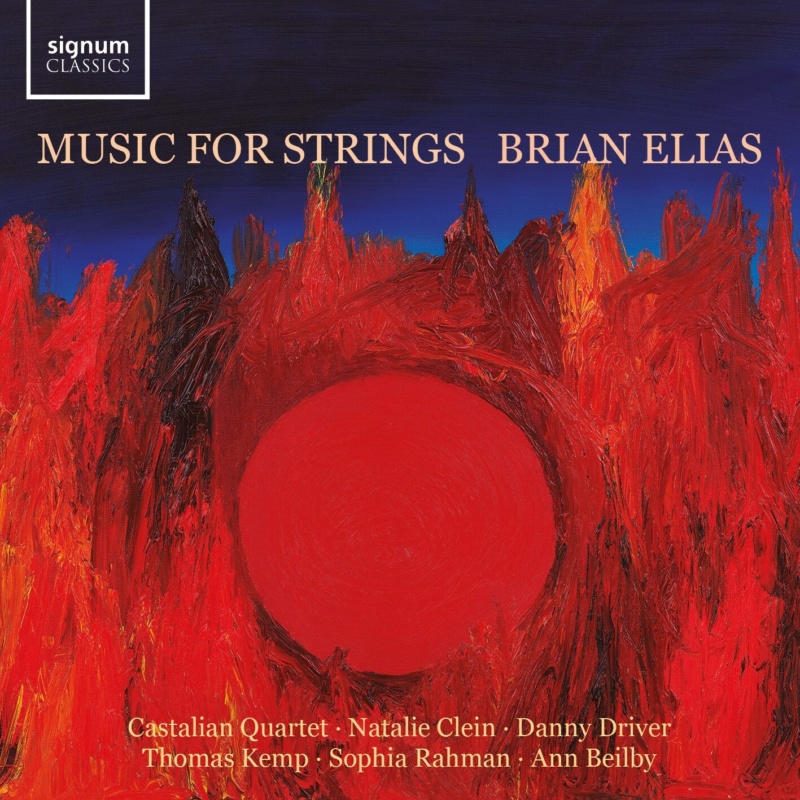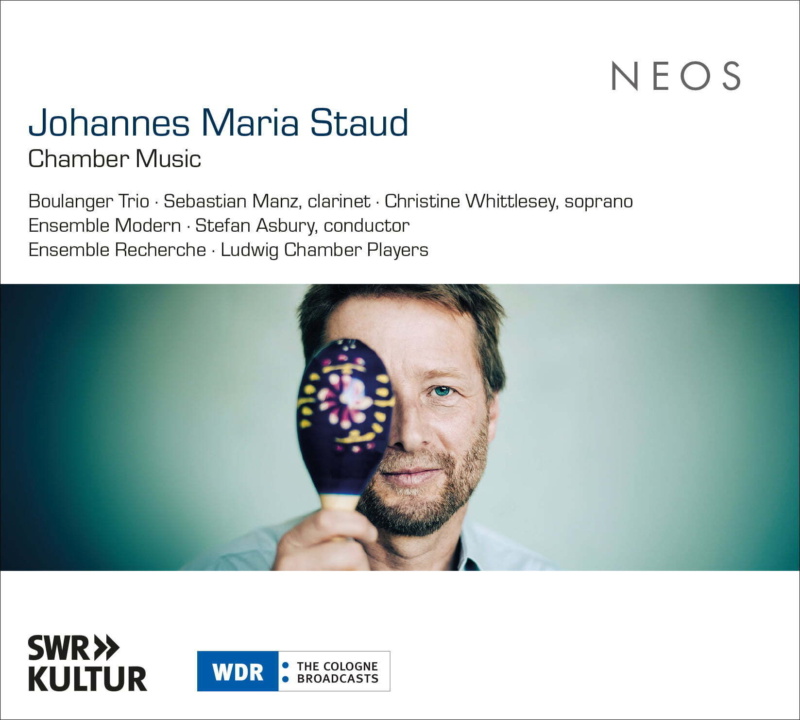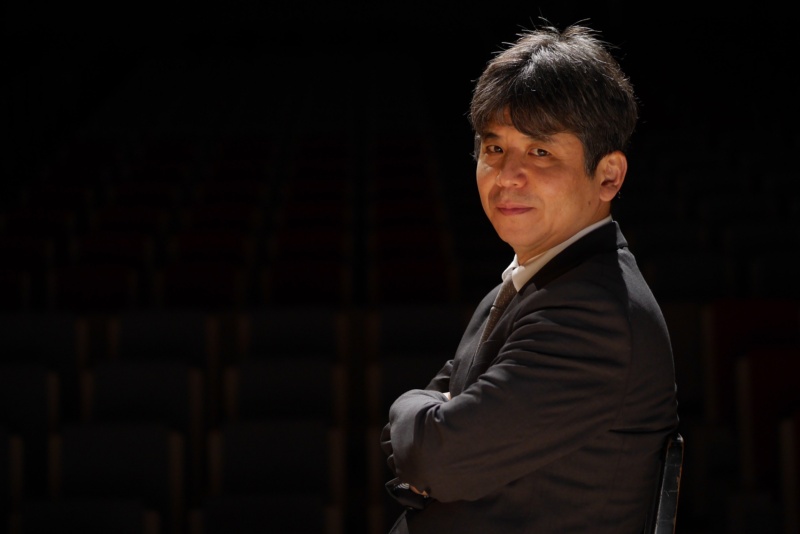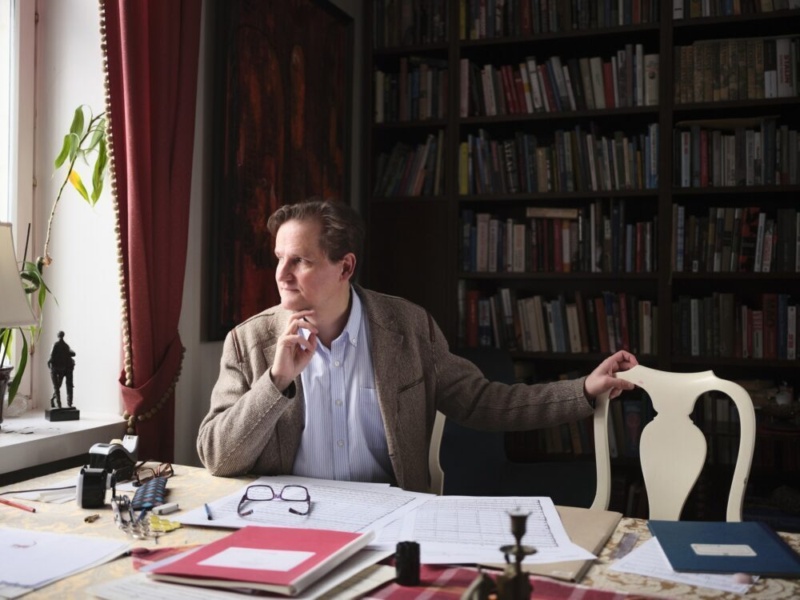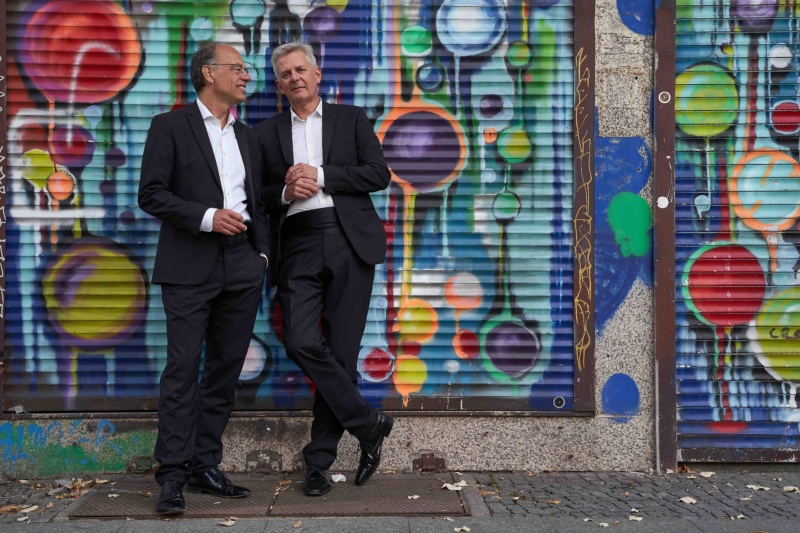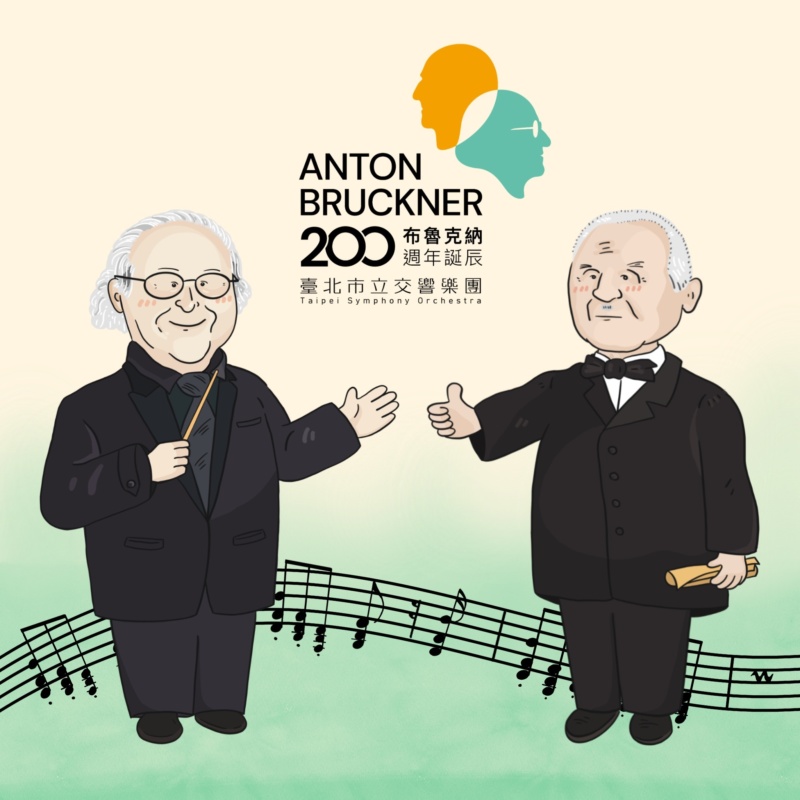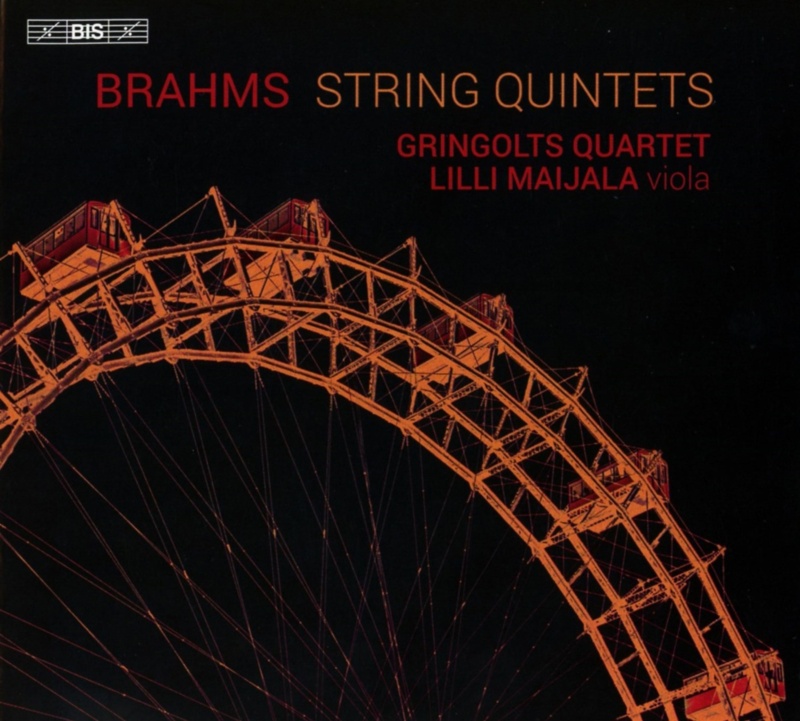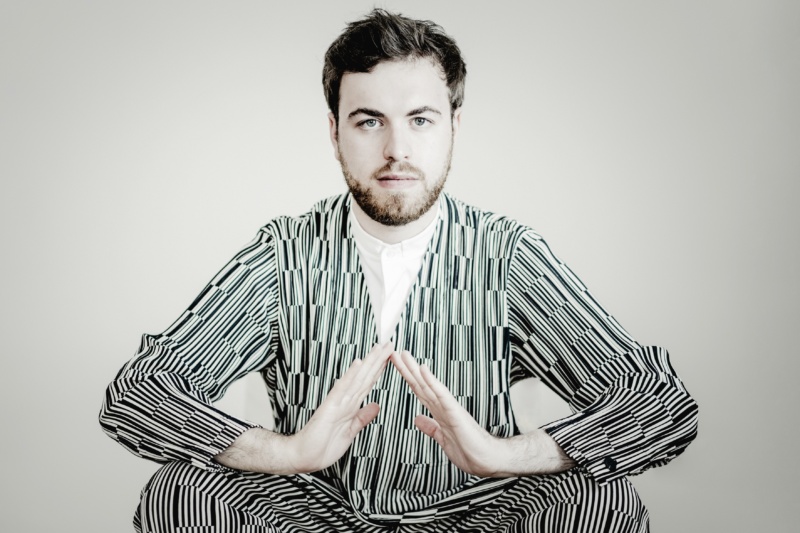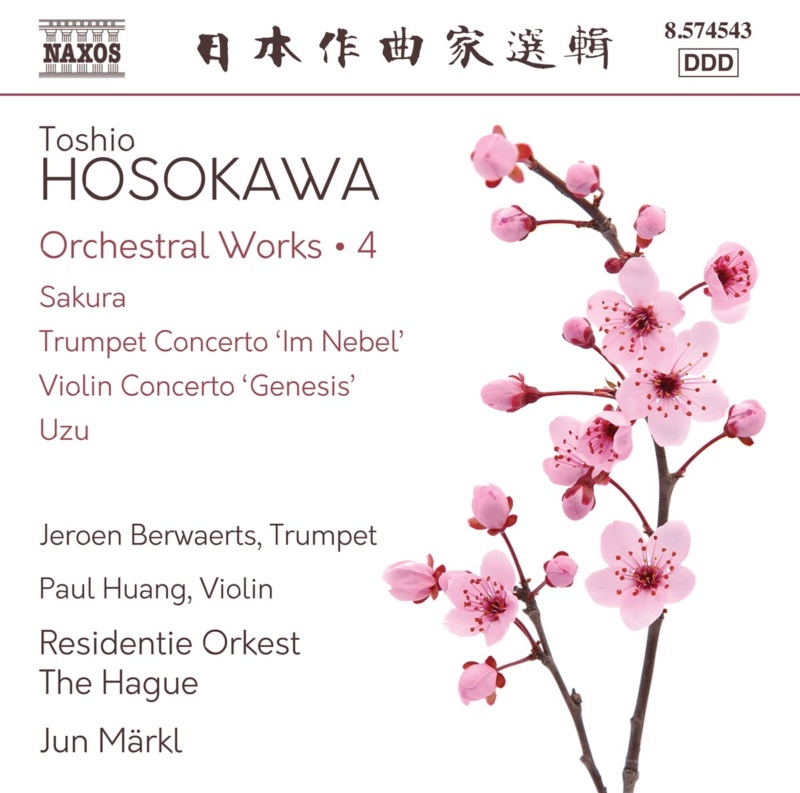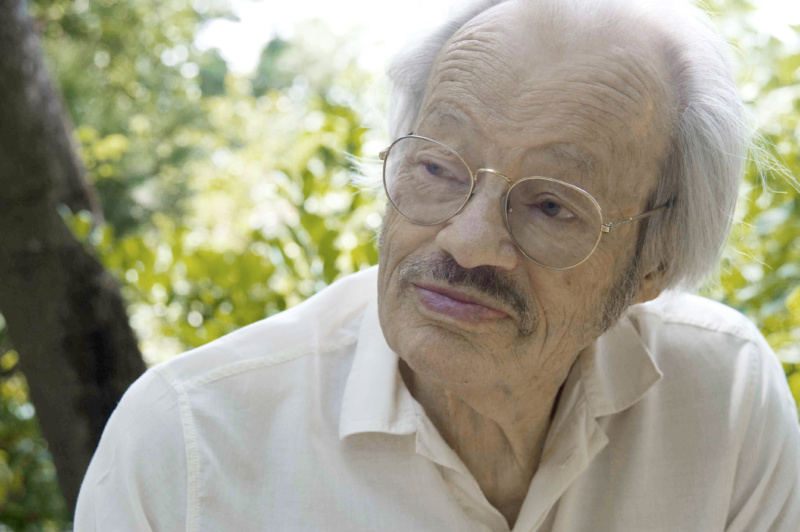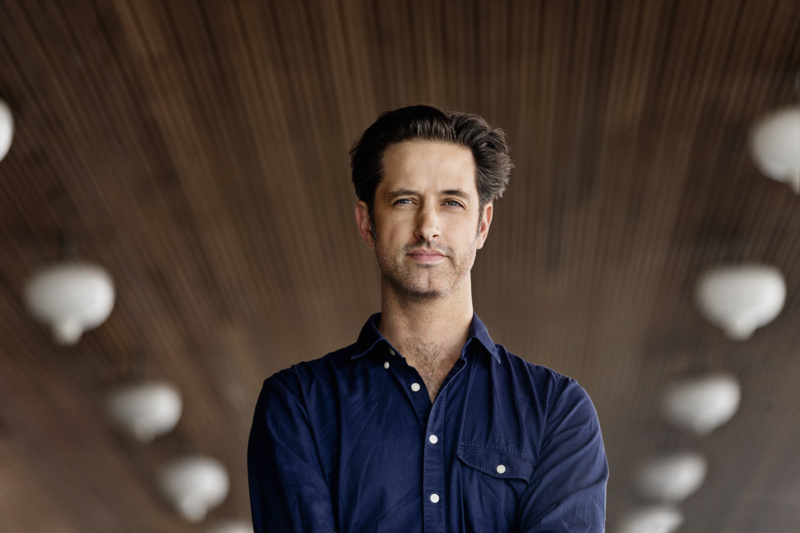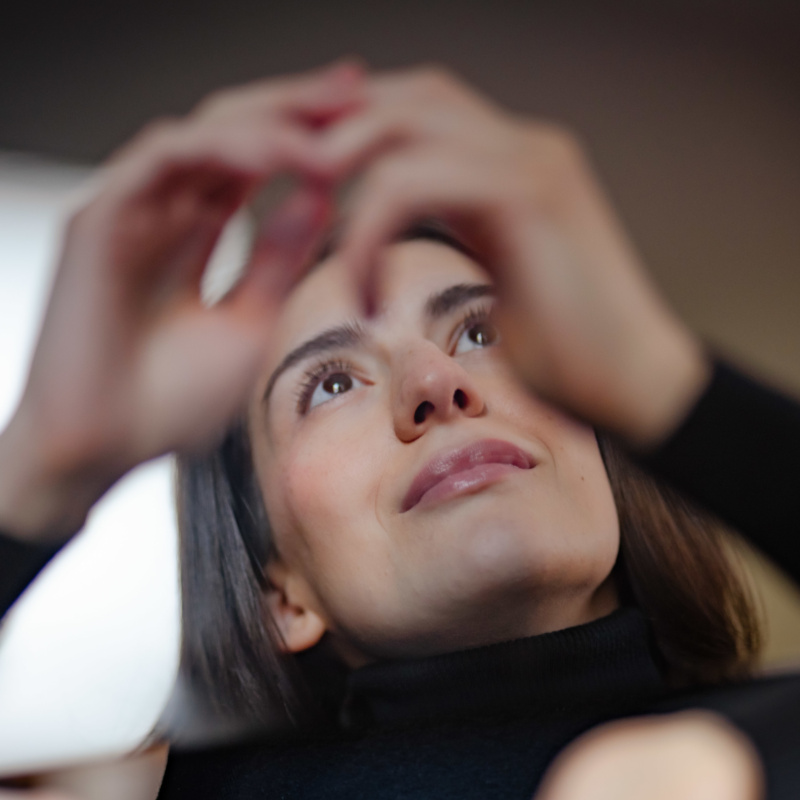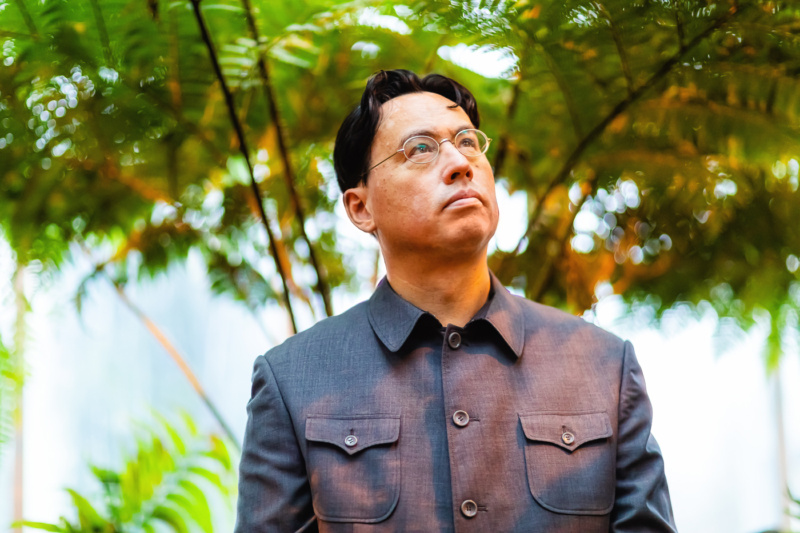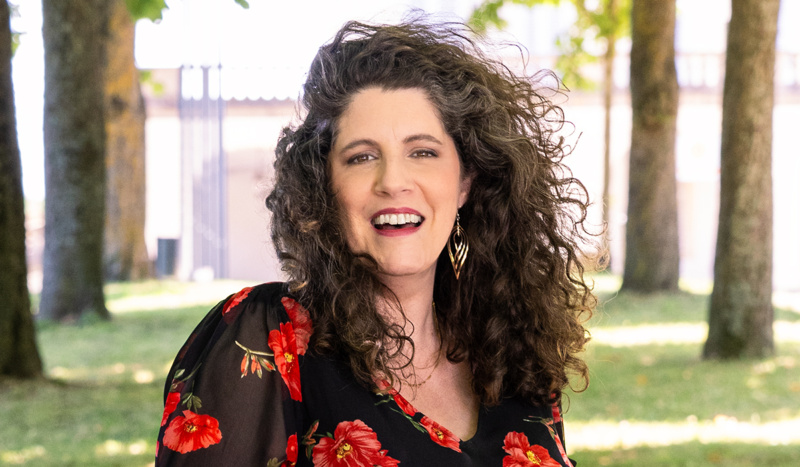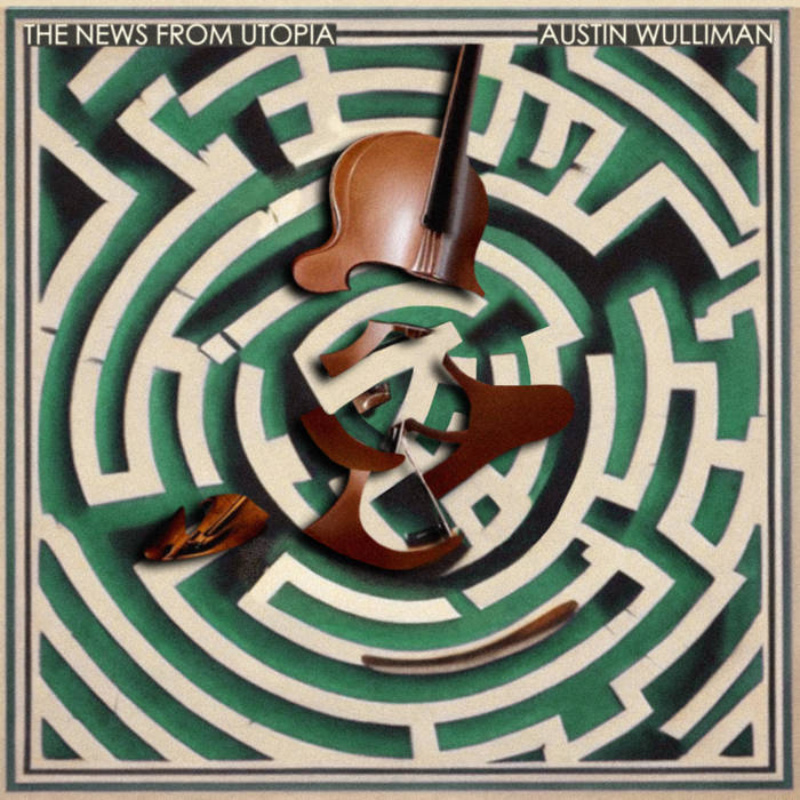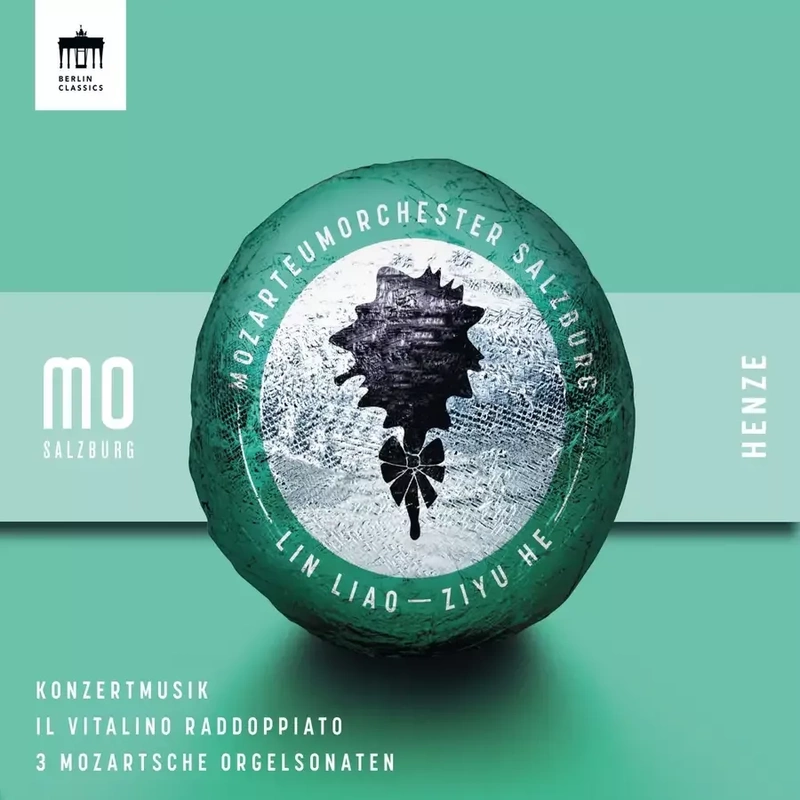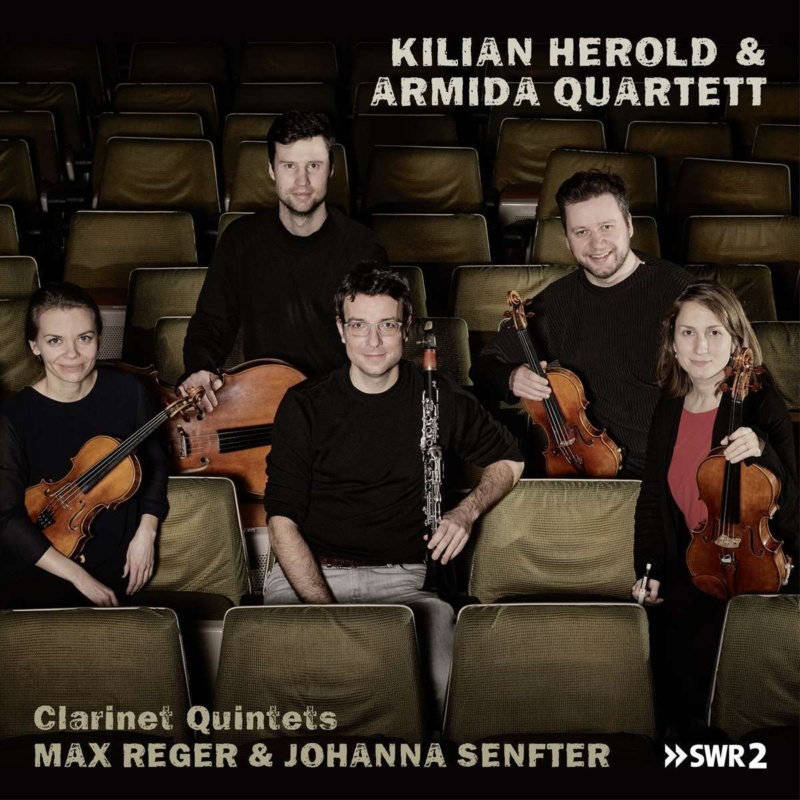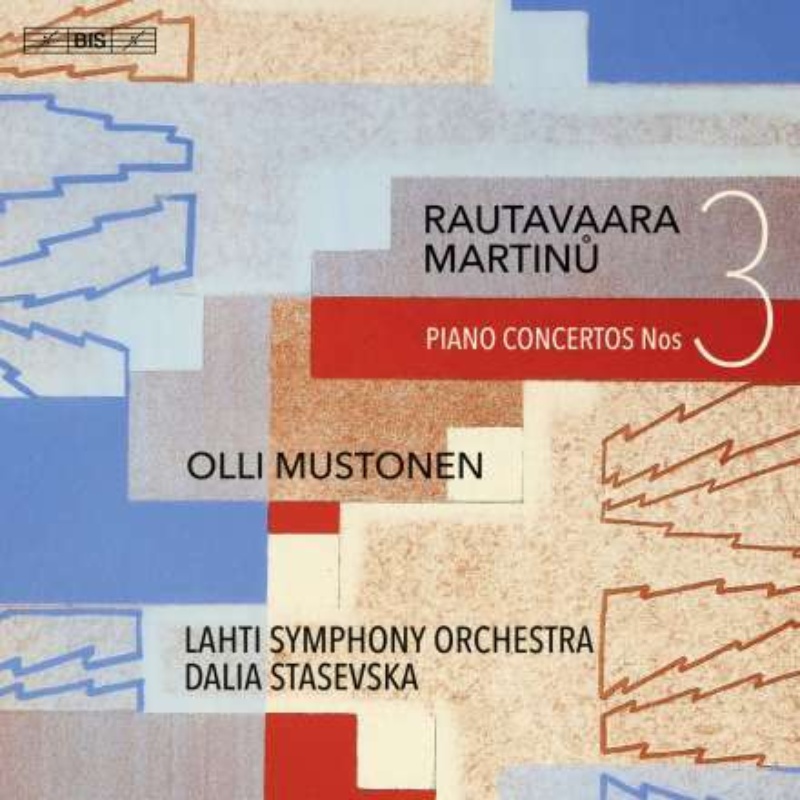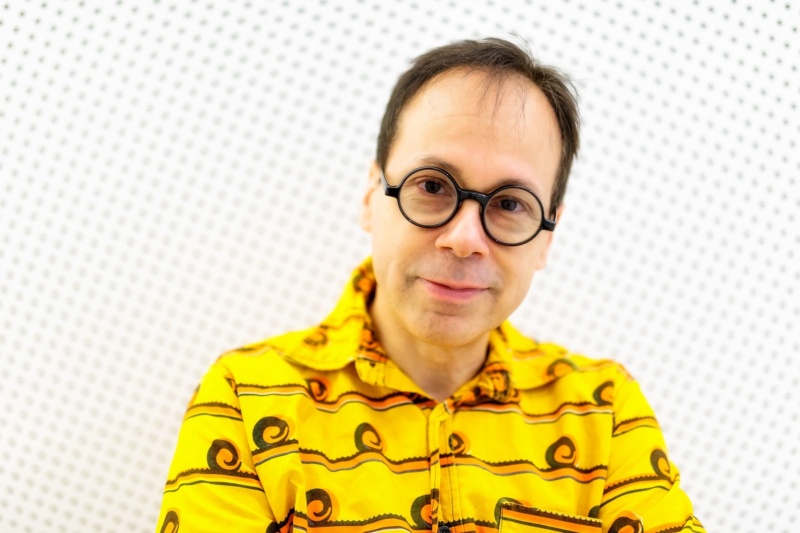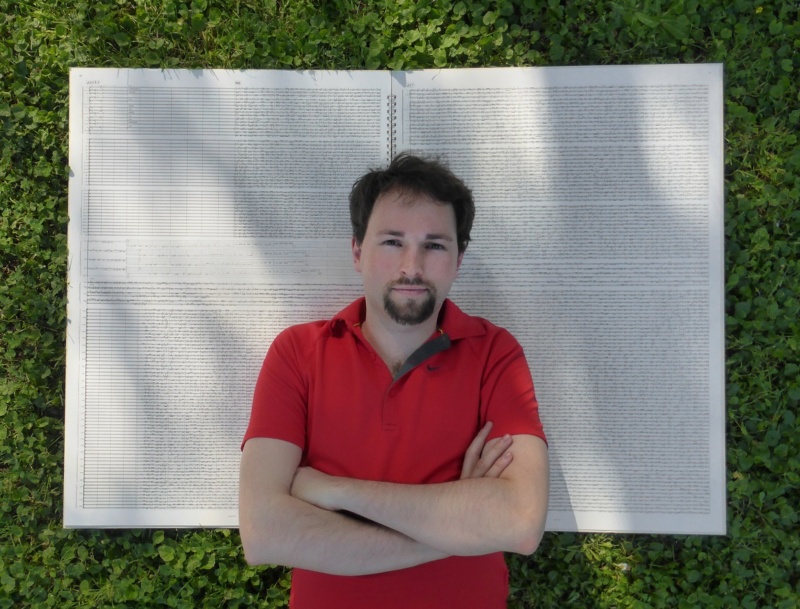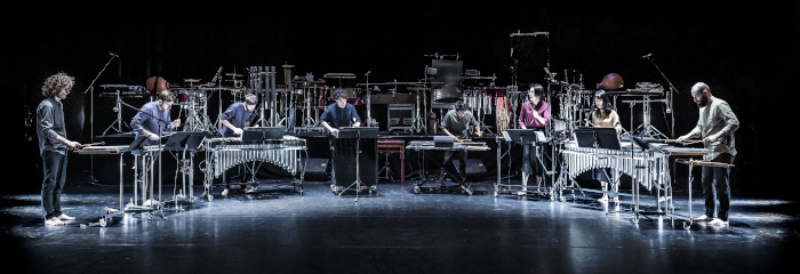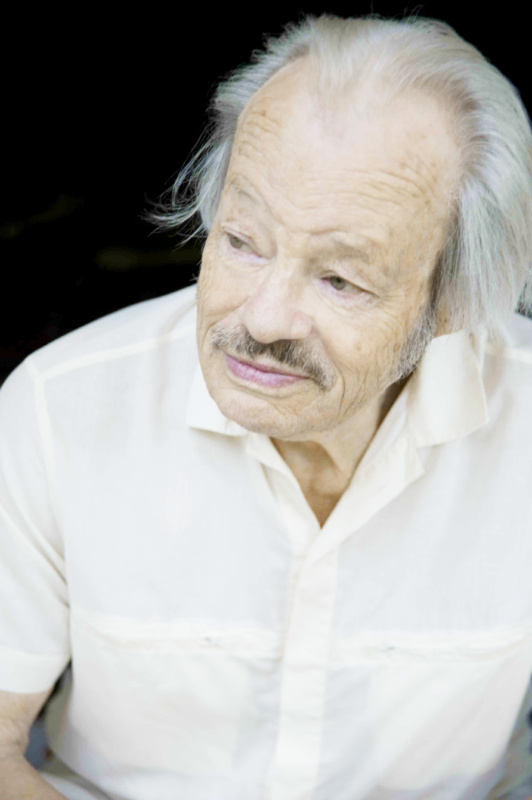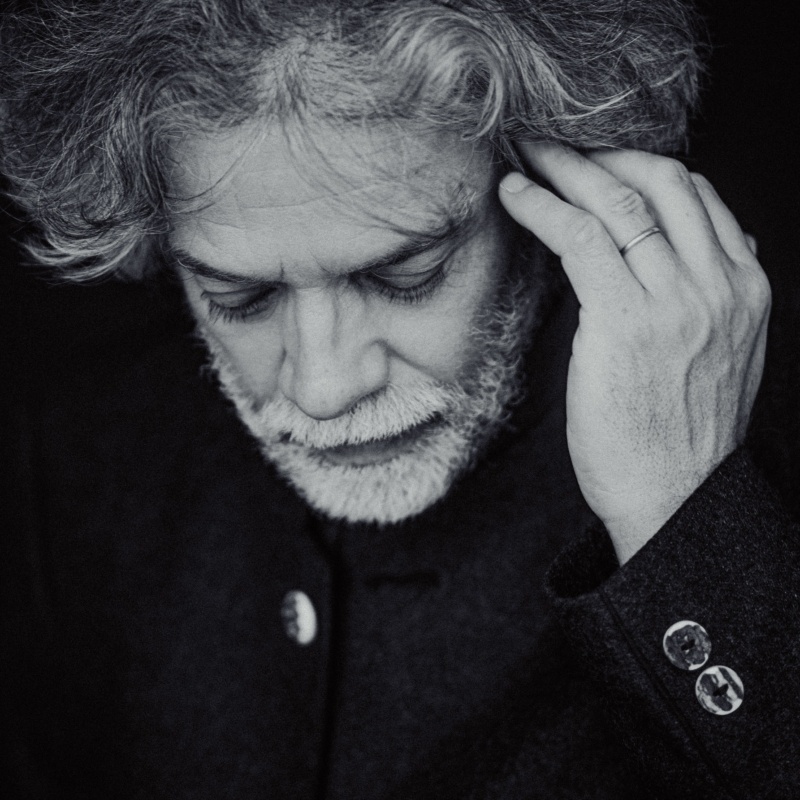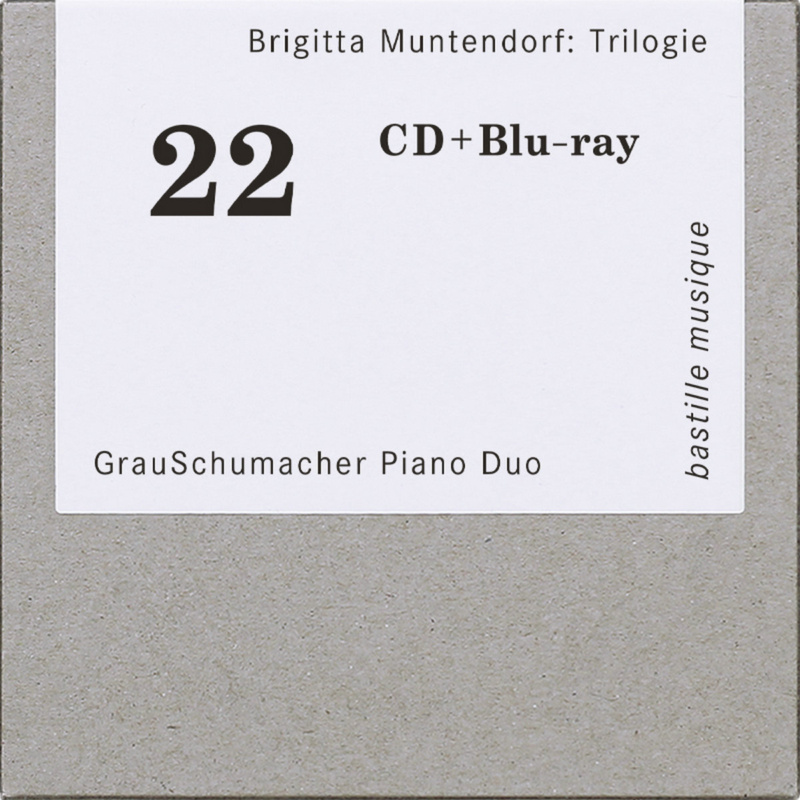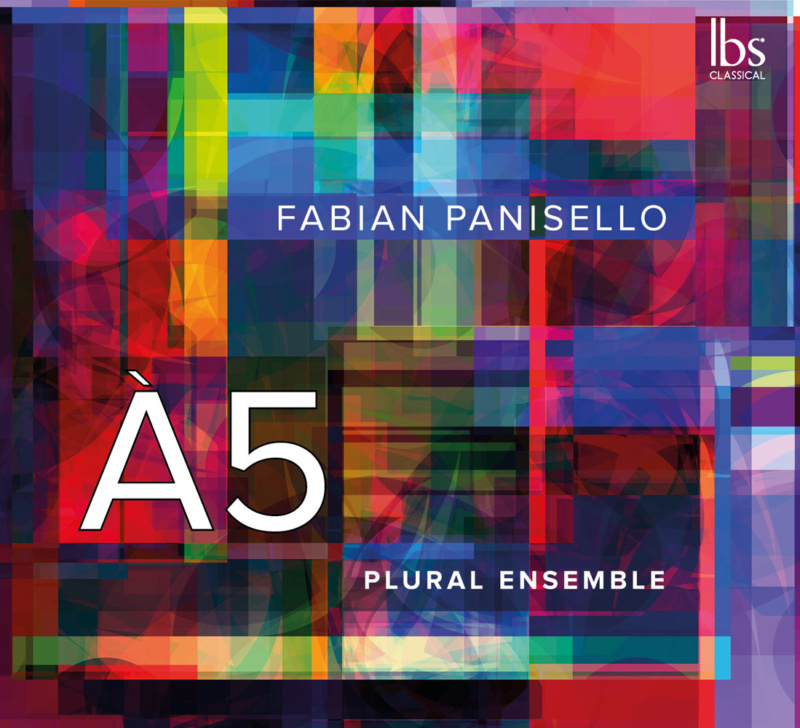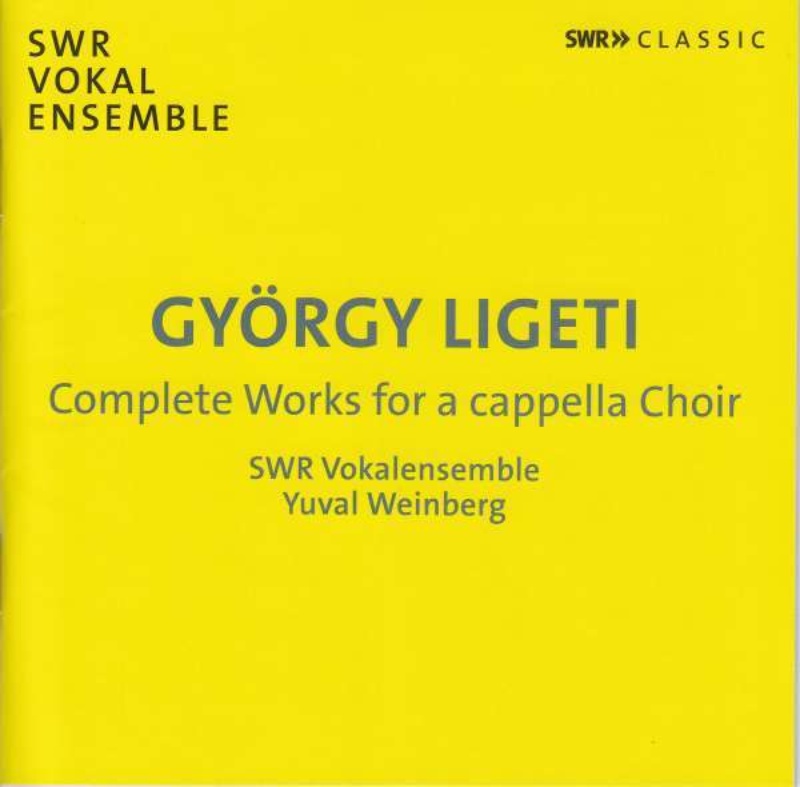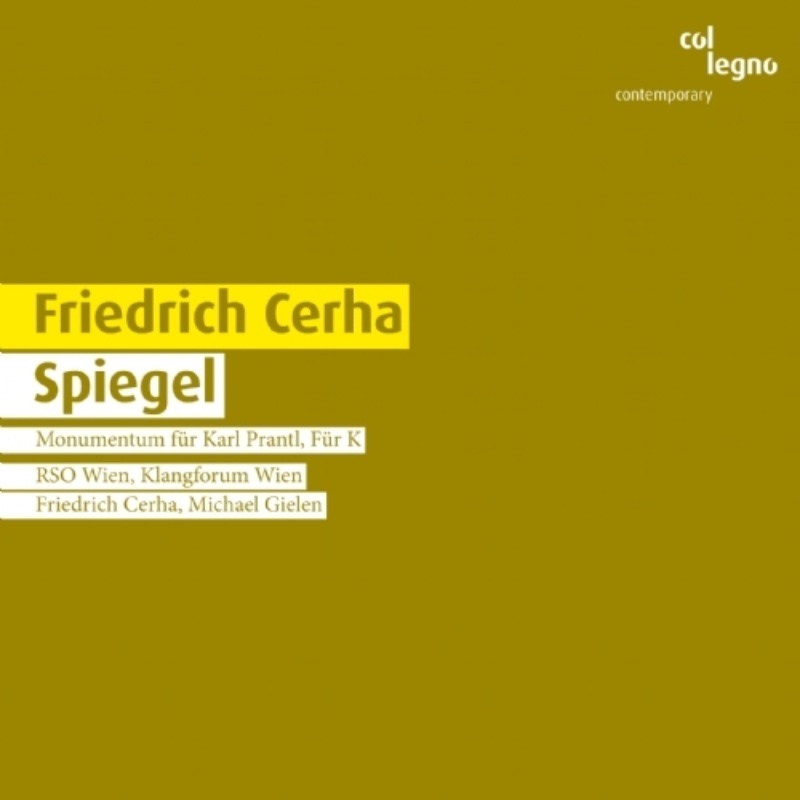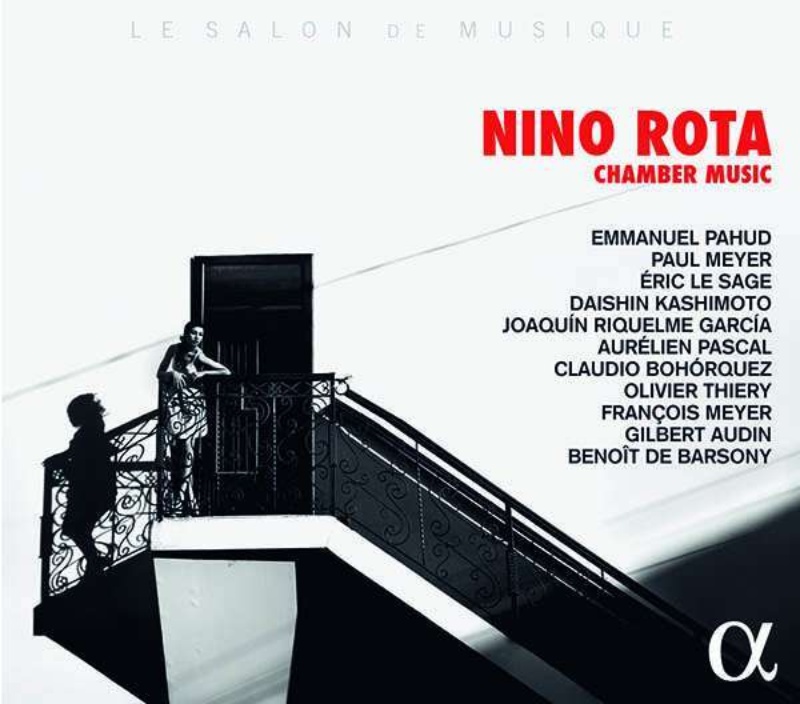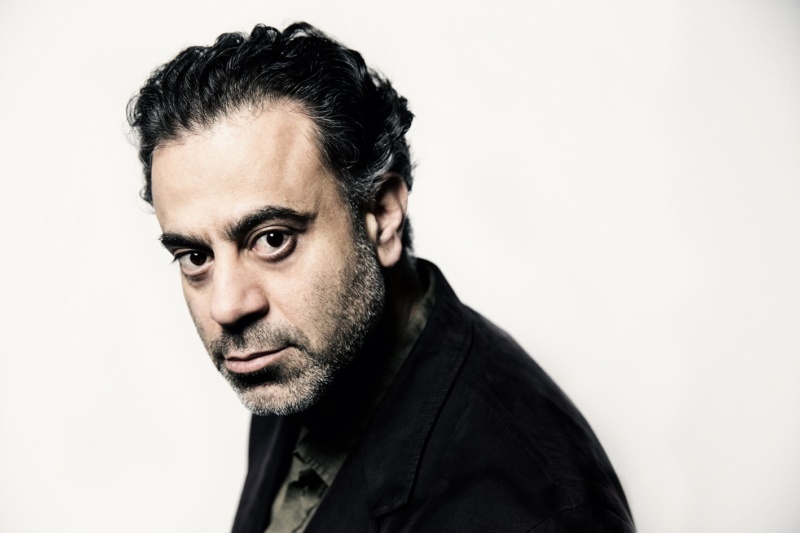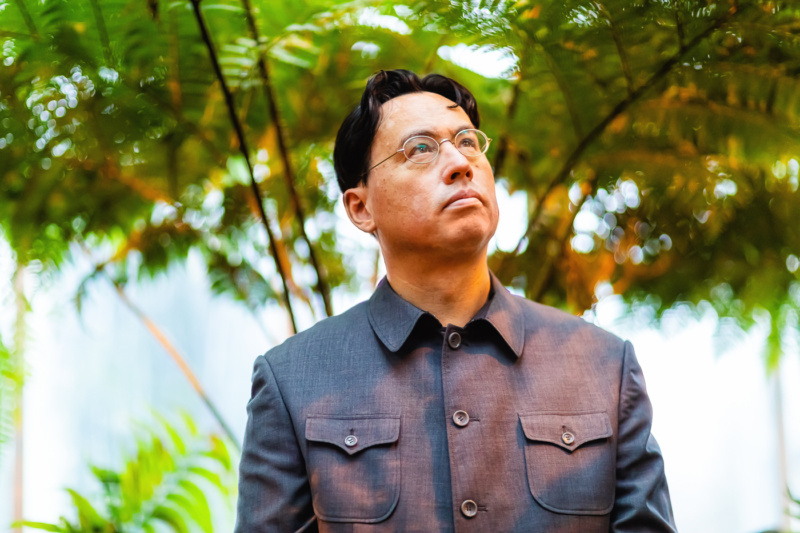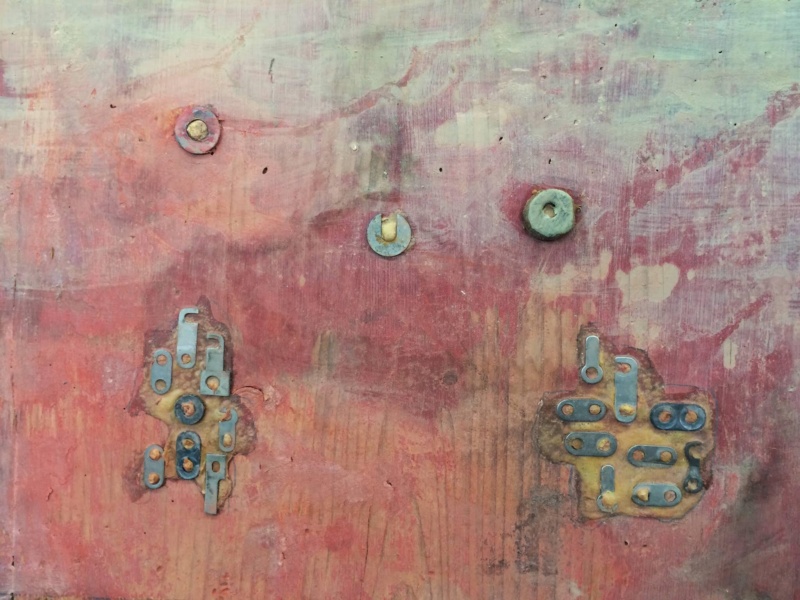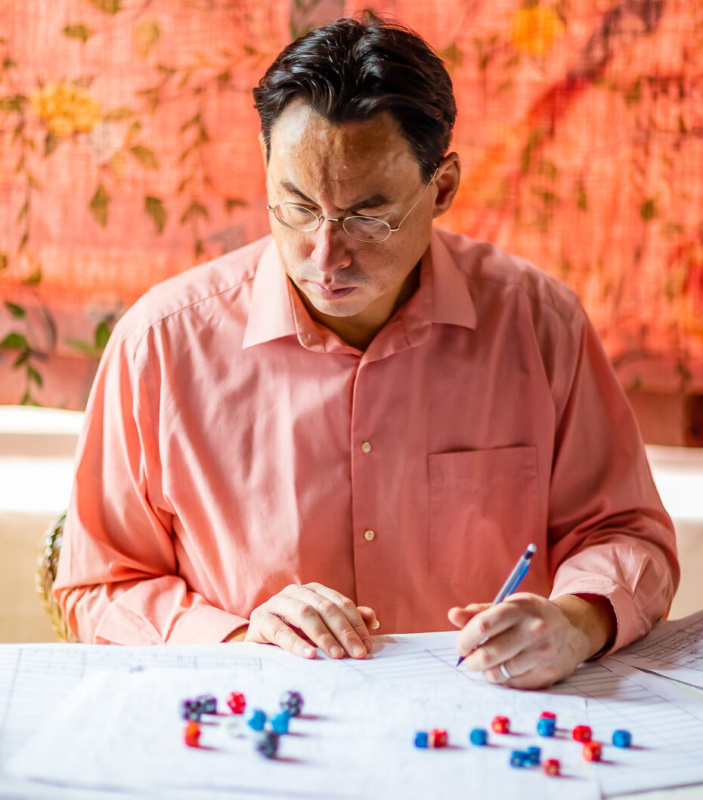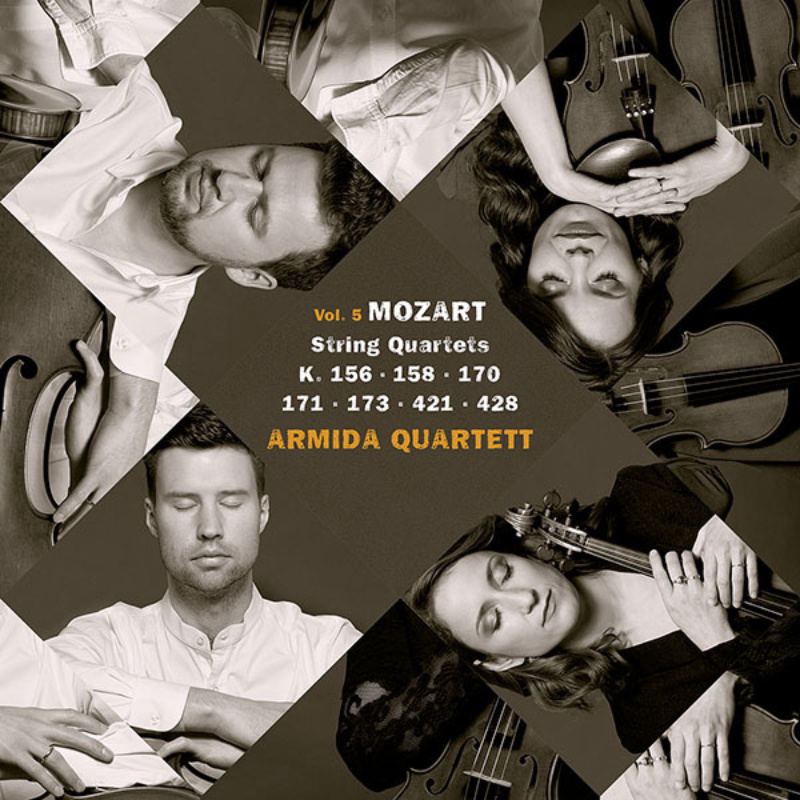Without light, there would be no darkness, without darkness there would
be no light. This dualism illustrates the pulse of life itself
completely and has inspired a vast number of works throughout cultural
history. The organist Bernard Foccroulle,
who is also well-known around the world as a composer and director of
the Festival d’Aix-en-Provence, works with artists from a wide range of
different fields. Together with the video artist Lynette Wallworth, he
captures the roll of light and darkness in music and nature.
Light and Darkness, a work for organ composed by Sofia
Gubaidulina, acts as an opening and thematic inspiration for the
programme, which consists of a combination of baroque music (Buxtehude)
and twentieth century music (Messiaen and Hosokawa, among others). These
works lead the listener right into the centre of this contrast, which
is deeply anchored in the theological thinking of the baroque era and
has characterised organ literature over the centuries through numerous
motifs and trends.
Lynette Wallworth on her inspiration for this project:
In conceiving my work for Darkness and Light, I am
interested in the use of particular repetitions of geometric imagery in
cave art that has been speculated as emerging out of trance. This is
thought by some ethno-anthropologists to be the very origins of visual
art itself. This intensity of darkness and the effects it can induce in
the resulting imagery is what I will explore in Darkness and Light. This
seems to blend beautifully with the program of pieces selected by
Bernard to be presented in churches, cathedrals and concert halls, where
the notion of transcendence was/is at the heart of the structure. I am
interested in creating imagery to heighten the sense of the music and
the ability to lose one's self in it, and to use the intensity of
darkness and a reflection of entopic imagery to generate a new set of
images for contemplation.
The conceptual pair Darkness and Light can also
stand for the dichotomy of day and night, vitality and destruction,
happiness and terror. In the context of Gubaidulina’s life and work, for
example, light and darkness can be interpreted as hope and despair
under a totalitarian regime.
Lynette Wallworth’s video art manages to easily build on these aspects
and adds another facet: in her work which is closely connected with the
cycles of nature, the Australian explores light as well as the influence
that darkness has on human experience. Her contemporary visions, which
accompany the music, merge with the sound experience and invite the
audience to rediscover the interplay of contrasts as something worth
treasuring. Thus, in Darkness and Light, Lynette Wallworth and Bernard Foccroulle warn against the destruction of nature, which determines the rhythm of every life.
Nina Rohlfs, 04/2012 | Translation: Celia Wynne Willson
